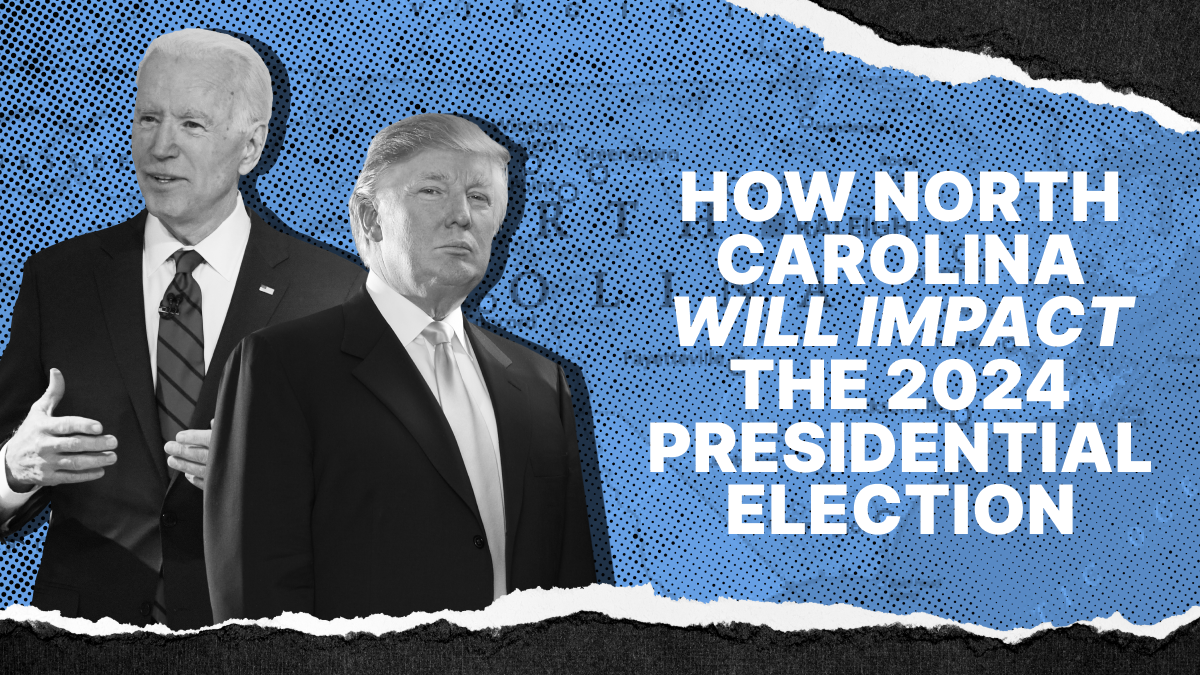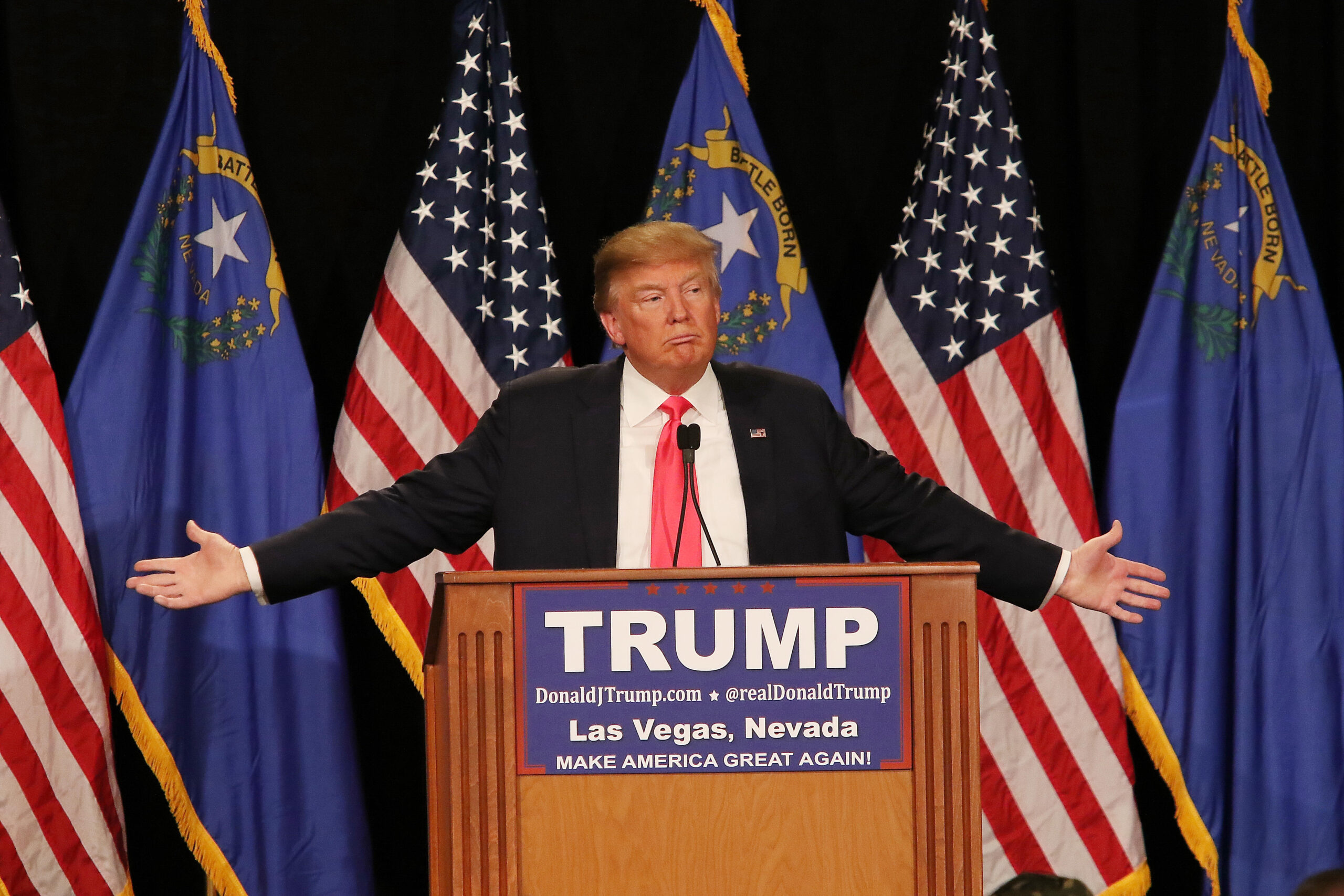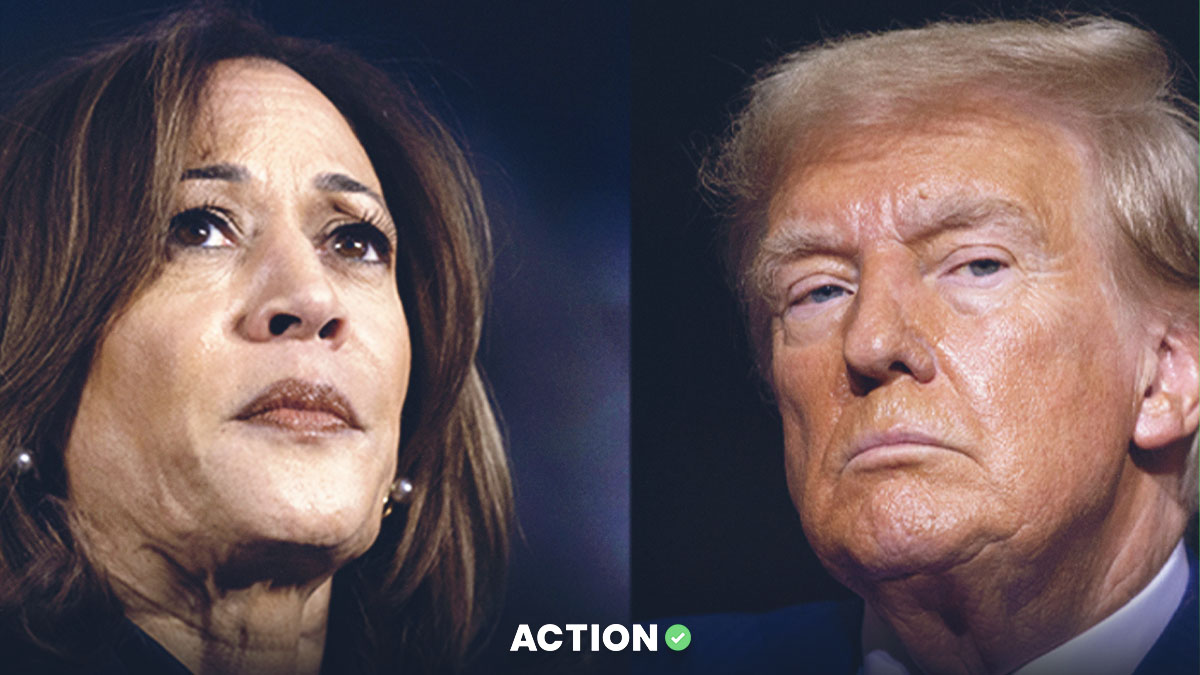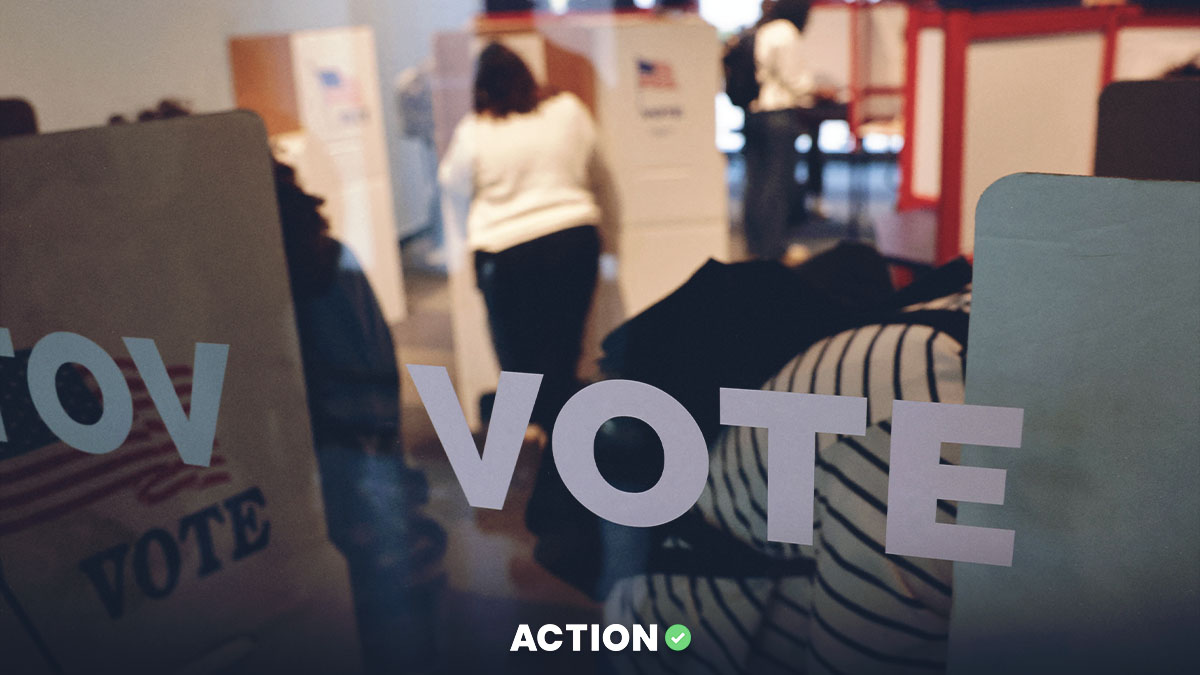The United States presidential race is heating up as Americans turn the page on 2023. Election day is set for November 5, 2024, in what looks to be another hotly contested, polarizing vote. The Republican Primary is still in full swing, but it appears inevitable that the country will once again choose between incumbent President Joe Biden (D) and former President Donald Trump (R). As with previous presidential elections, the eyes of the nation fall to a handful of states, including North Carolina, to determine the outcome of the 2024 presidential election.
Battleground States in the 2024 Presidential Election
Battleground states, swing states, or purple states. Whatever you choose to call them, these are the small group of states that could feasibly be won by either party, thus swinging the election in a particular candidate’s favor. A battleground state is characterized by relatively equal support amongst registered voters for the Democratic and Republican parties. This means that those voters without an official party affiliation, or Independents, are crucial for presidential candidates to impress to help tip the balance within the state in their favor. There are seven anticipated swing states in the 2024 presidential election:
- Arizona
- Georgia
- Michigan
- Nevada
- North Carolina
- Pennsylvania
- Wisconsin
In recent years, North Carolina’s changing population demographics have made it one of the most hotly contested states in general elections. This will hold true again in 2024. Whichever candidate, Joe Biden or Donald Trump, is able to woo North Carolina voters most successfully could very well find himself in the Oval Office for the next four years.
The Evolution of North Carolina as a Purple State
Looking at a political voting map, a casual observer might be hard-pressed to declare North Carolina as a “purple” state. In fact, the typical North Carolina precinct voting map is overwhelmingly red, favoring the Republican Party. Looks can be deceiving, though. North Carolina’s urban areas have seen significant growth in recent years. The cities are being populated by younger, more liberal voters. These huge population hubs can offset much smaller “red” precincts across the state in presidential elections. This is a key factor in why North Carolina remains a swing state despite the appearance of a red map.
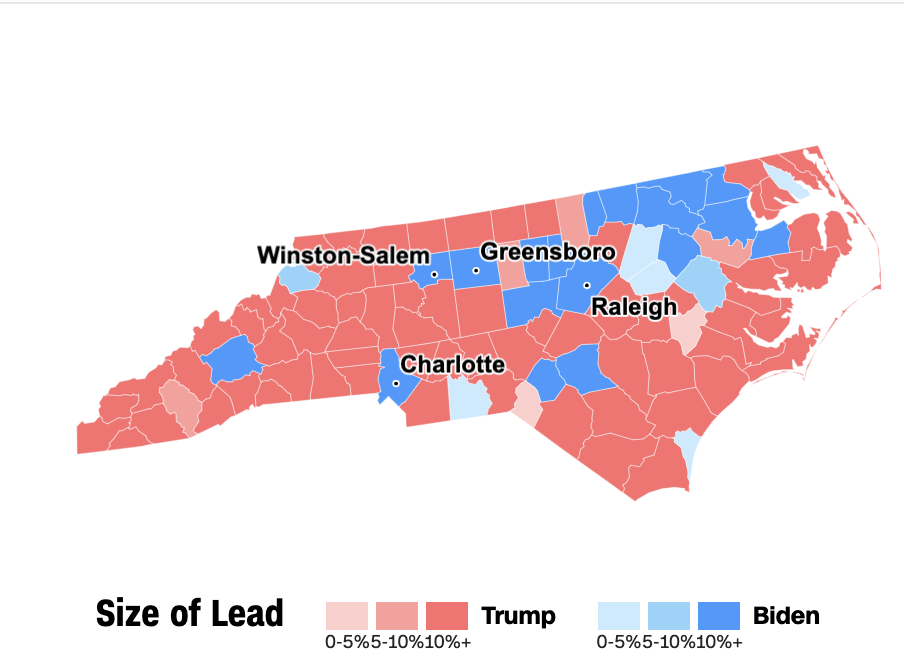
Looking back at the last four presidential elections, North Carolina has gone to the Republican candidate three times. The last time the Tar Heel State went blue for the Democrats was in 2008, when Obama was elected to his first term. Looks are deceiving in this data as well. The 2020 election between Donald Trump and Joe Biden was decided by 1.3 percentage points or 74,483 total votes. That is astoundingly close in a presidential election. North Carolina could have easily gone the other way in 2020. This is all the more reason for Joe Biden and the Democratic Party to push even harder in the state in 2024.
North Carolina’s presence in Congress is slightly more one-sided. North Carolinians elected a Republican Senator and eight Republican House members compared to just five Democrats. This is where the red electoral map starts to make more sense as more counties throughout the state tend to be more conservative. Population hubs within the cities can do nothing to mitigate Republican gains in Congress.
On the state level, however, Democrats have found success in the Governor’s office. The incumbent Democratic governor, Roy Cooper, won reelection in 2020 by over four percentage points. While this is by no means a resounding victory, it is a solid win in a split state. Governor Cooper garnered significant support in recent months by passing HB 347, which legalized North Carolina sports betting for 2024. This could be a strong platform piece for the Democrats to use for the next election campaign in the coming year.
It is clear that North Carolina’s divided support between the Democrats and Republicans sets the stage for another competitive presidential election in 2024. But how are residents leaning with just under a year ago until election day?
Current North Carolina Presidential Polls 2024
President Joe Biden appears to be facing an uphill climb with North Carolina voters. A recent Bloomberg Poll from December 14, 2023, shows Donald Trump with a 49% to 40% lead over Biden in the Tar Heel State. Overwhelmingly, voters in North Carolina have a negative view on Biden’s ability to manage the American economy. This is a leading factor to Trump’s early favorability rating in North Carolina, along with negative sentiment surrounding Biden’s response to Israel’s war against Hamas.
Biden has yet to fully start campaigning for the 2024 election, as he has been waiting for the Republican Primary to play out. Voters in North Carolina will likely begin to see more messaging coming from the Biden campaign, which could shift support away from Trump. Donald Trump's legal issues could also dramatically impact voter sentiment in North Carolina as these cases play out in the coming months.
There is still a long way to go from now until November 5th. Many things can change in how North Carolina will vote for the next presidential election, but it is clear that the state is currently leaning towards Donald Trump and the Republican Party.


